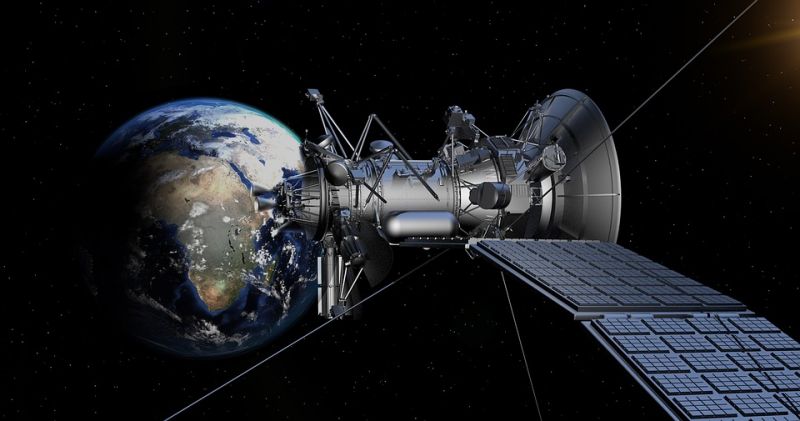New Tool for the Early Detection of Blue-green Algae
Published on by Water Network Research, Official research team of The Water Network in Technology
Methods for tracking algal blooms are costly and labour-intensive, but satellite imaging has shown real promise as a way to monitor their development.
However, detecting blooms in fresh water the moment they appear is a challenge.
A research team led by INRS professor Karem Chokmani is working to overcome this challenge by developing an approach for monitoring algae blooms near the shores of freshwater lakes that pose the biggest threat of cyanobacteria contamination for the population.
 Satellite and drone imaging
Satellite and drone imaging
The researchers will combine data from the Sentinel-2 satellite with the hyperspectral data acquired using INRS drones. They will also develop a methodology based on MODIS data and transfer it to the higher spatial resolution data captured by the Sentinal-2 satellite.
This approach, based on ensemble methods applied to MODIS data, makes it possible to detect and track small algae blooms even in low concentrations. However, given the spatial resolution quality of MODIS data, it was impossible to monitor the status and evolution of the blooms at the edges of lakes.
An approach with multiple benefits
This approach builds on existing methods to deliver a number of advantages:
- Near-daily detection of the development of algae bloom episodes
- Ability to identify priority missions on the ground based on the level of deterioration or the size of the water bodies affected
- Fast, simultaneous water quality monitoring for all lakes in southern Quebec
- Access to better quality chorophyll a (Chl a) distribution maps (Chl a concentration is an indicator that blue-green algae is present)
“This new tool for monitoring algae blooms will help us better understand the geo-environmental factors, both in terms of climate and weather and supply of nutrients, that lead to the appearance of these microorganisms along the edges of freshwater lakes in southern Quebec,” said Professor Chokmani, head of the laboratory for environmental remote sensing by drone.
Source: INRS
Media
Taxonomy
- GIS & Remote Sensing Technology
- Remote Sensing & Data Analysis
- Algae
- Remote Monitoring & Control
- GIS & Remote Sensing
- Satellite